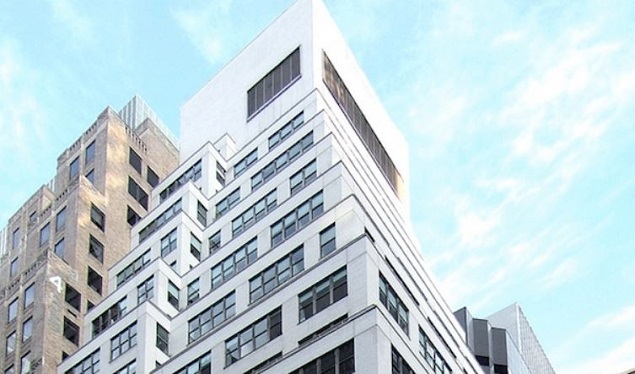 a brief blip in March Trepp
a brief blip in March Trepp The CMBS is a Market Operating in 'Dog Years'
Fitch Ratings Huxley Somerville© Touchpoint Markets, All Rights Reserved. Request academic re-use from www.copyright.com. All other uses, submit a request to [email protected]. For more inforrmation visit Asset & Logo Licensing.







